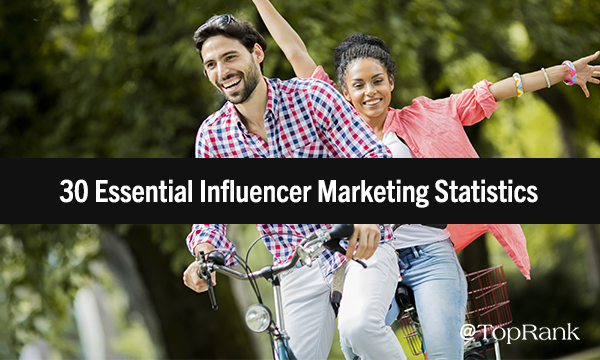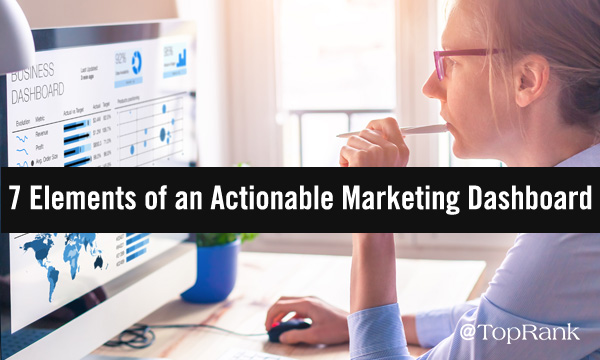
 Hey, content marketers. Imagine this: You’re sitting in a marketing meeting and you hear the following:
Hey, content marketers. Imagine this: You’re sitting in a marketing meeting and you hear the following:
- Our conversions are up 50% year-over-year!
- Our blog traffic is down.
- We saw a big spike in traffic this month to our primary service page!
- Our bounce rate is all over the place.
- This blog post about “X” had 2,000 page views last month!
What Makes a Marketing Dashboard Actionable?
For a content marketing dashboard to be actionable, it has to answer two simple questions:- Is what we’re doing working?
- Why is it (or is it not) working?
7 Essential Elements of an Actionable Marketing Dashboard
So, how do we answer those two simple questions posed above? There are several key components to consider including in your dashboard:#1 - Content Benchmarks
Benchmarks are essential for understanding how different types of content have performed on average over a specific period of time. Your benchmarks can and should be different based on the content type and its objective. For example, a top-of-funnel blog post meant to drive traffic will have a different benchmark than a middle-funnel infographic meant to engage. By keeping these front-and center in your marketing dashboard, you can compare at-a-glance.#2 - Goals
More than likely your goals are to beat your benchmarks every single time. But it’s important to document your goals so you can gauge success. By adding your goals to your marketing dashboard, you can quickly determine whether you’re on pace to hit your goal and if you’ve been able to surpass it. And ultimately, keeping that data within your dashboard will help you course-correct where needed and celebrate wins as they occur.#3 - Real-Time KPI Monitoring
Depending on your objective for the content you’re creating, there could be any number of KPIs to watch. Automating those reports in a dashboard will help you report to your internal team and leadership in an easily consumable way. For example, if your KPIs are pageviews and asset downloads for a specific campaign, pull those into an executive summary that’s easy to digest with an option to drill down into more specific sources of traffic and conversions.#4 - Traffic Trends
While measuring specific pieces of content is helpful to enhance performance, it’s important to keep your eyes on overall performance as well. Knowing whether overall website or blog traffic is trending up or down versus the previous year or month will help you inform the types of content you need to create next. For example, if you notice your organic traffic is trending down month-over-month, you will want to dig into your content report to determine why that is and what needs to be done to repair the situation on a more granular level.#5 - Performance by Topic and Persona
If you’re trying to reach a specific persona, or increase visibility around an important topic, segmenting your data within a dashboard can be hugely valuable. You’ll be able to tell if your content is more or less visible for your target, or if your content marketing strategy needs to shift to meet a different type of demand for that topic.#6 - Engagement Metrics
All of the traffic in the world won’t mean a thing if would-be customers are bouncing off your site immediately. Make sure you’re monitoring your bounce rate and time-on-page for each post to determine if the content is resonating and adjust as needed. While these are often bucketed as vanity metrics, that doesn’t mean they can’t provide meaningful insight or should be forgotten.#7 - Proof of ROI
To be fully actionable, integrate your sales team’s data sources into your dashboard. With the right analytics strategy, you can pull in performance by page or post from visit to sale. This will help you prove the value of your content, and understand which kind of content converts the prospects you’re looking for. As a bonus, your sales team will be able to share that kind of converting content as a follow-up from an initial meeting or as a pre-meeting email with their prospects.Take Action to Spur Action
An actionable content marketing dashboard is a pivotal piece to a data-informed content marketing strategy. If your data is accurate and your dashboard is actionable, you’re in the right place to start creating and marketing incredible content that has proven ROI and helps your sales team meet their goals. Talk about a win-win! And before I go, I’d like to leave you with a few rules for measurement mastery:- Setting up a custom and integrated dashboard takes time and patience. You may set it up in one way and realize that the KPIs and metrics you have aren’t the ones you need, and that’s okay. Looking at the data in different ways can tell you different parts of the same story. Edits aren’t rework, they’re character development.
- Don’t be afraid to spend some quality time with your data. As you create the dashboard, it’s important to dig in and manipulate data from different sources to understand how it’s best pulled in to complement the rest of your data set. Sometimes this means changing the way you have forms or tags set up. The more time you spend digging into data up front and understanding the finer points, the better equipped you’ll be to answer questions and provide insights into remaining questions.
- If you find yourself asking why, look deeper. Sometimes you’ll put all the data together expecting answers, and you’ll encounter more questions. Questions are good, it means the data is telling you something you need to investigate. Don’t be afraid to dig deep, and ask other departments or SMEs for their perspective.
- Always, always, always annotate. Did you run a really great campaign that showed a spike in traffic or conversions? Make an annotation. Did you lose tracking for a little while? Make an annotation. Did you implement some major website changes, or do a migration? Make an annotation. Those kinds of anomalies in the data seem major at the time, but easily get lost in the day-to-day management of your world. Annotations will save you from having to dig into your notes, emails or previous campaign data every time it pops up in a report.
The post Measure for Success: 7 Secrets of Actionable Content Marketing Dashboards appeared first on Online Marketing Blog - TopRank®.

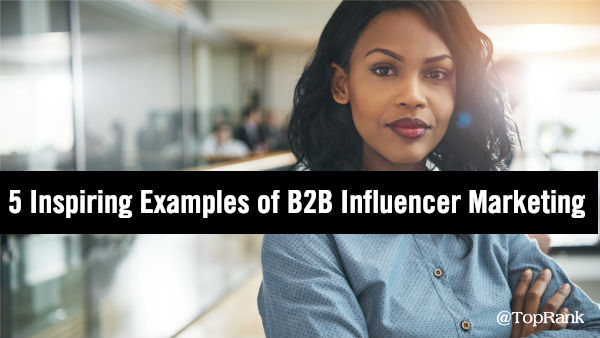
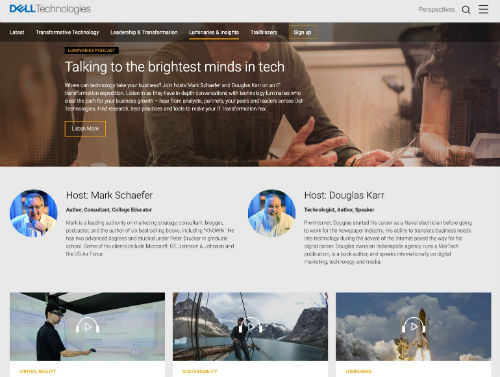
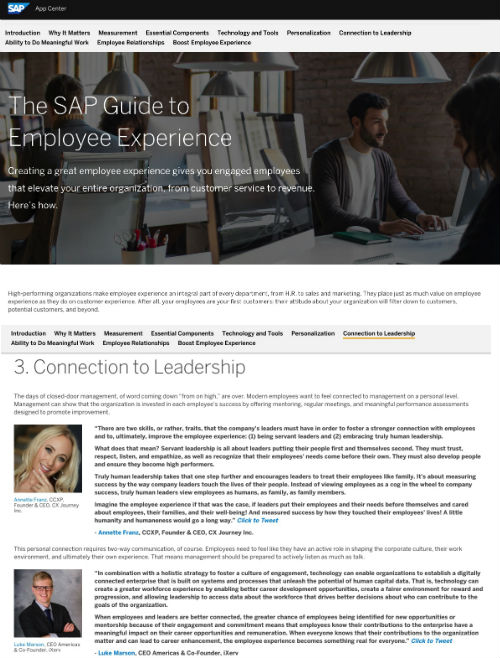 SAP App Center - The SAP App Center is a hub for 3rd party applications that integrate with SAP solutions. While functional, SAP realized there was an opportunity to better attract and engage an audience looking for applications as solutions more robust, credible content that would be easy to find through search. To make SAP App Center topics of focus become "the best answer", for customer, robust Power Pages including
SAP App Center - The SAP App Center is a hub for 3rd party applications that integrate with SAP solutions. While functional, SAP realized there was an opportunity to better attract and engage an audience looking for applications as solutions more robust, credible content that would be easy to find through search. To make SAP App Center topics of focus become "the best answer", for customer, robust Power Pages including 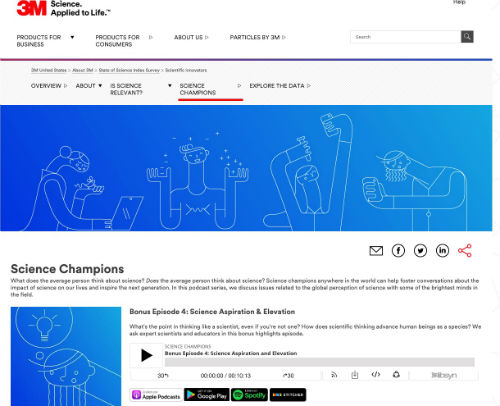
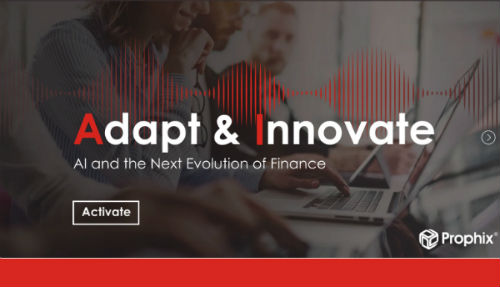

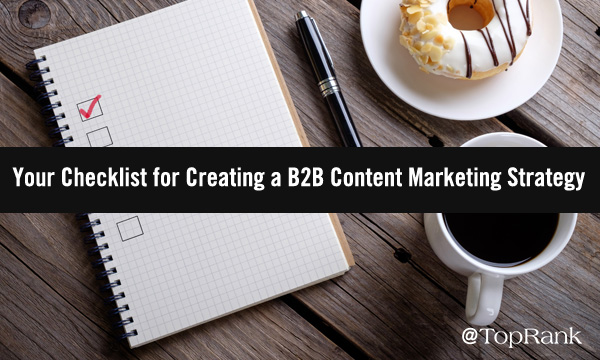
 Discovery:
Discovery: 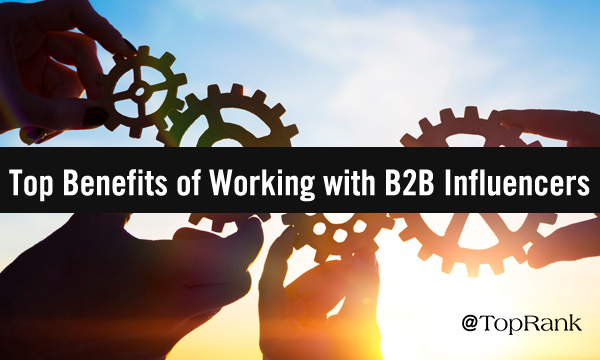
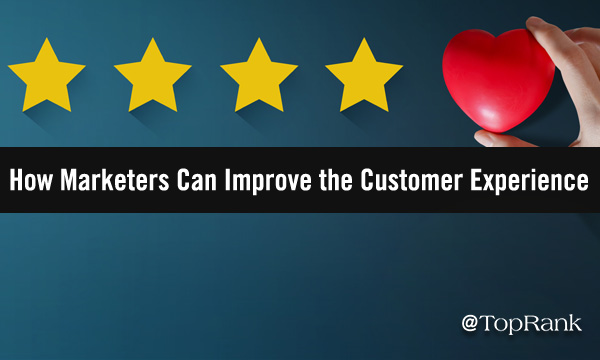

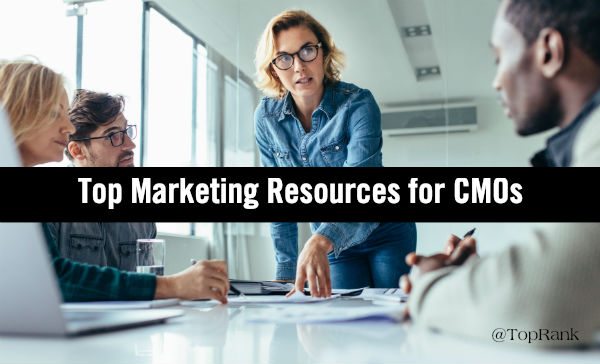
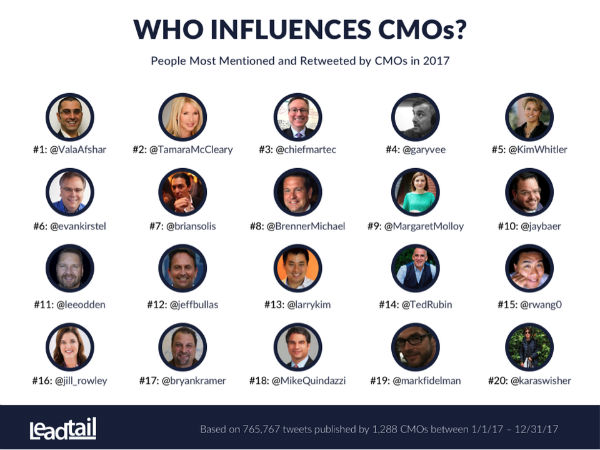 Here is a list of the top 10 influencers of CMOs:
Here is a list of the top 10 influencers of CMOs:
